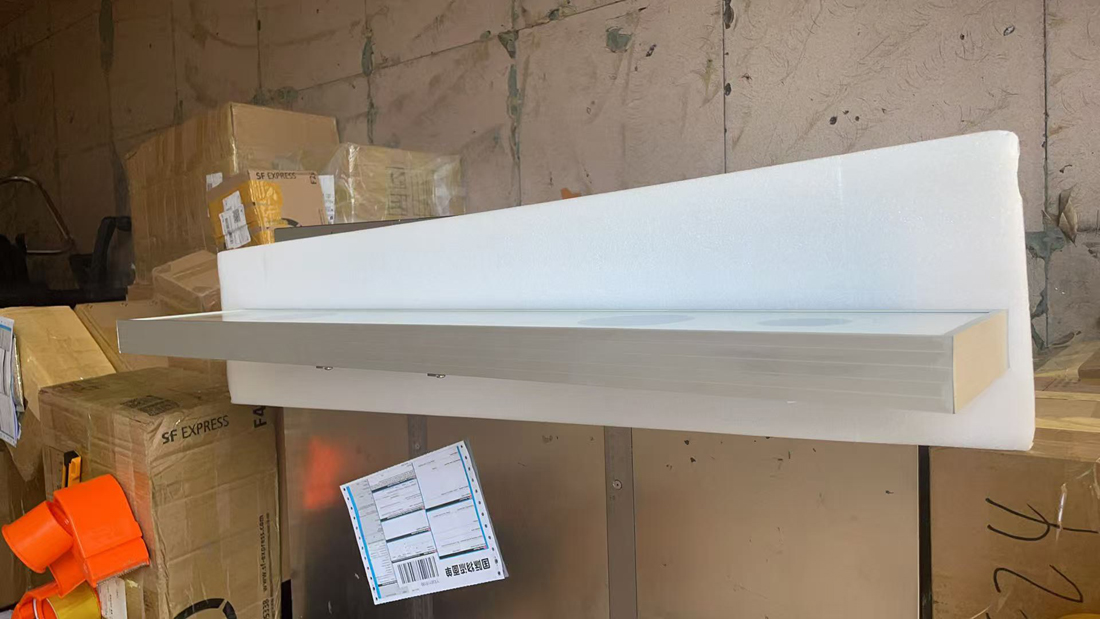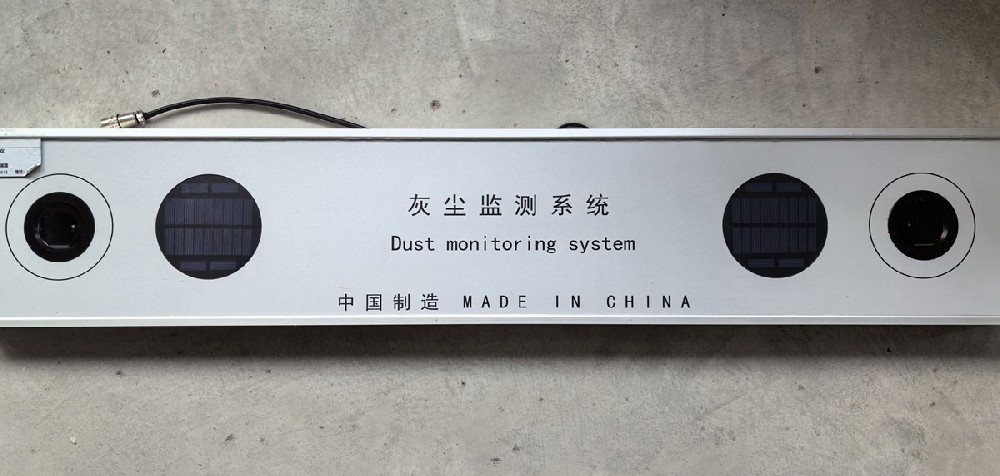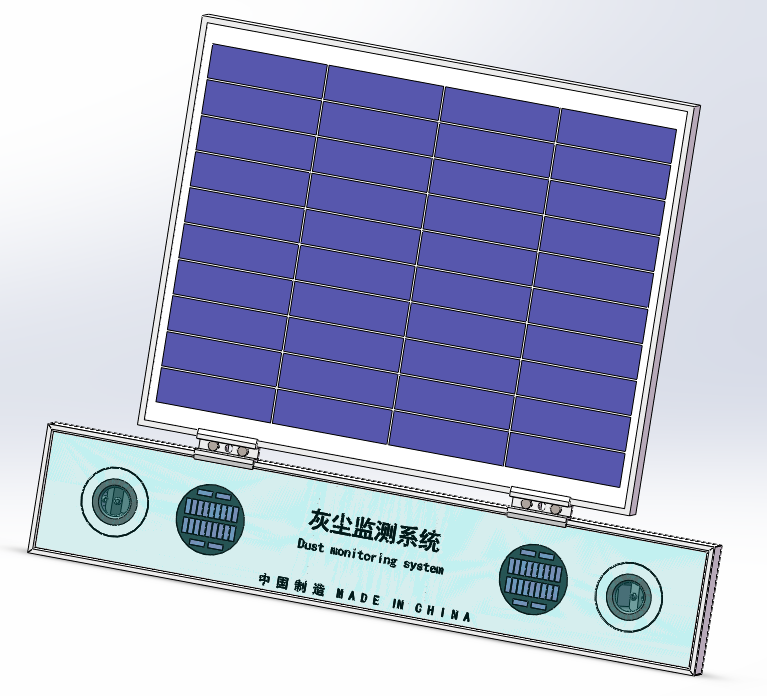

— Blogs —
—Products—
 Consumer hotline +8618073152920
Consumer hotline +8618073152920 WhatsApp:+8615367865107
Address:Room 102, District D, Houhu Industrial Park, Yuelu District, Changsha City, Hunan Province, China
Product knowledge
Time:2025-10-18 10:49:02 Popularity:476
Unlocking Photovoltaic Potential—How Dust IQ Sensors Eliminate Soiling Loss Blind Spots and Maximize Power Plant Benefits
Through real-time soiling loss monitoring, the Dust IQ sensor enables photovoltaic power plants to develop precise cleaning strategies, enhance power generation efficiency, optimize O&M costs, and achieve data-driven smart operations.
In the global photovoltaic (PV) industry, dust accumulation is one of the most difficult-to-quantify yet destructive factors affecting power generation efficiency. Sand and dust in desert power plants, salt spray in coastal areas, pollution particles in industrial zones, bird droppings, and pollen—these seemingly insignificant deposits can cause 5%–20% annual power generation losses.
Traditional O&M methods rely on manual inspections or fixed-cycle cleaning, making "experience-based management" costly, inefficient, and prone to water waste and module wear from over-cleaning. The advent of Dust IQ sensors has changed all that. It enables photovoltaic power plants to quantify dust's impact on power output in real-time for the first time, shifting from passive maintenance to proactive optimization and predictive O&M.

What Is a Dust IQ Sensor?—Definition and Functional Positioning
Dust IQ is an intelligent monitoring device designed specifically for photovoltaic systems.
Its core function is to measure the power loss rate (Soiling Loss %) caused by dust accumulation on PV module surfaces in real-time.
It does not measure dust weight but directly tells you "how much power generation you've lost due to dust," making it a truly performance-oriented O&M tool.

Dust IQ is hailed as the "actuary of PV O&M." Its uniqueness lies in its blue-light pollutant optical closed-loop measurement technology, which can be easily installed on new or existing PV arrays and integrated into power plant management systems. The device mounts on the PV panel frame, continuously measuring the proportion of pollutants on the glass to calculate the reduction in sunlight reaching the solar modules.
By measuring the soiling ratio (SR) and converting it in real-time to power generation losses, O&M personnel can identify when pollutants reach critical levels and when cleaning is necessary. The product requires no maintenance—simply clean it the same way as surrounding modules during cleaning.
Dust IQ is more than a sensor—it's the strategic hub of smart photovoltaics. Its value manifests in four dimensions:
Operators can set cleaning thresholds (e.g., 3% or 5%) based on historical and real-time data.
Cleaning activates only when soiling loss exceeds the threshold, achieving "just right" precision without over- or under-cleaning.
Benefits:
- Reduce water and labor costs by 30–60%
- Avoid module wear and excessive maintenance
- Enhance full lifecycle ROI
Dust IQ shifts cleaning decisions from "time-based" to "yield-based."
In water-scarce or high-maintenance-cost regions (e.g., Middle East, North Africa, Australia), each unnecessary cleaning can cost tens of thousands of dollars. Using Dust IQ data models, operators can calculate the break-even point between cleaning benefits and costs, achieving optimal balance between O&M expenses and power generation revenue.

If Dust IQ shows low soiling loss rates but system output still declines, it may indicate inverter, combiner box, or module microcrack issues. By comparing soiling data with system generation data, O&M teams can quickly pinpoint fault sources, significantly shortening downtime.
Dust IQ-generated soiling loss curves serve as:
- Verification data for PPAs (Power Purchase Agreements)
- Basis for insurance claims and audit reports
- Sources for third-party performance assessments
This means data not only boosts efficiency but also enhances trust and transparency.

To maximize Dust IQ's effectiveness, deployment location and system integration are crucial.
- Representative Locations: Install in areas reflecting overall soiling (one each at upwind, middle, and downwind).
- Consistent Tilt: Match the sensor's tilt and orientation to modules for uniform soiling characteristics.
- Protection Design: Position in well-ventilated, unobstructed areas to avoid water splashes and animal interference.

Dust IQ data supports Modbus RTU/TCP, SDI-12, and RS485 protocols for direct connection to SCADA systems or cloud platforms. It enables multi-dimensional correlation analysis with weather station data (wind speed, rainfall, irradiance) for soiling cause tracking and predictive maintenance.
Real-World Case: Profit Breakthrough in a Middle East PV Power Plant
In a 100 MWp desert power plant in the UAE, NiuBoL deployed a multi-point Dust IQ monitoring network.
Previously, the plant used fixed monthly cleaning, resulting in massive water consumption.
After Dust IQ deployment, the team adopted a "soiling loss >4% triggers cleaning" model.
- Annual cleaning frequency reduced by 45%
- Water savings of approximately 50,000 tons
- Equipment wear decreased by 30%
- Annual power generation increased by 1.2%
- System ROI payback: Just 9 months
This success demonstrates that Dust IQ is not just a sensor—it's a profit optimization tool.

A: It cannot directly distinguish, but combined with meteorological data (e.g., rainfall, wind speed, humidity), it can indirectly infer sources (e.g., sand, bird droppings, salt spray).
A: Generally, one per 5–10 MWp. Increase points for complex terrain or variable wind directions.
A: Supports cloud APIs, 4G modules, or RS485 access. Users can view real-time soiling loss curves, cleaning recommendations, and historical trends on the NiuBoL Cloud platform.
Choosing NiuBoL's Dust IQ system means:
- Precision: Scientific monitoring based on actual power losses
- Intelligence: Data-driven O&M decisions
- Energy Savings: Significantly reduce water, labor, and maintenance costs
- Sustainability: Extend module life and boost power plant ROI
In the future of smart PV O&M, Dust IQ is more than a detection device—it's the economic brain of photovoltaic power plants.
NBL-W-PSS Soiling Sensor Photovoltaic Dust Monitoring Instrument Data Sheet.pdf
Related recommendations
Sensors & Weather Stations Catalog
Agriculture Sensors and Weather Stations Catalog-NiuBoL.pdf
Weather Stations Catalog-NiuBoL.pdf
Related products
 Combined air temperature and relative humidity sensor
Combined air temperature and relative humidity sensor Soil Moisture Temperature sensor for irrigation
Soil Moisture Temperature sensor for irrigation Soil pH sensor RS485 soil Testing instrument soil ph meter for agriculture
Soil pH sensor RS485 soil Testing instrument soil ph meter for agriculture Wind Speed sensor Output Modbus/RS485/Analog/0-5V/4-20mA
Wind Speed sensor Output Modbus/RS485/Analog/0-5V/4-20mA Tipping bucket rain gauge for weather monitoring auto rainfall sensor RS485/Outdoor/stainless steel
Tipping bucket rain gauge for weather monitoring auto rainfall sensor RS485/Outdoor/stainless steel Pyranometer Solar Radiation Sensor 4-20mA/RS485
Pyranometer Solar Radiation Sensor 4-20mA/RS485
Screenshot, WhatsApp to identify the QR code
WhatsApp number:+8615367865107
(Click on WhatsApp to copy and add friends)
